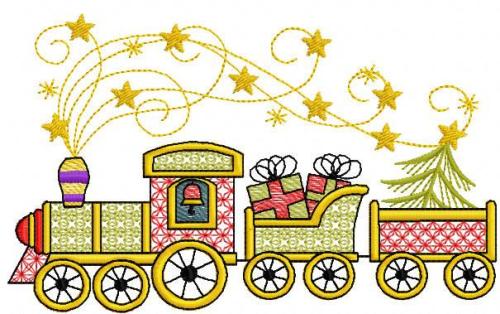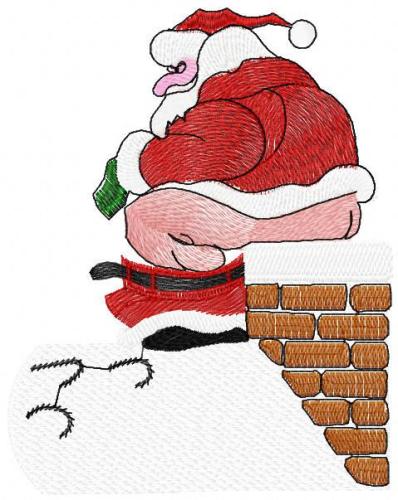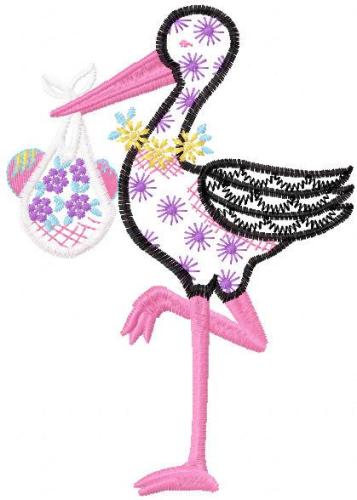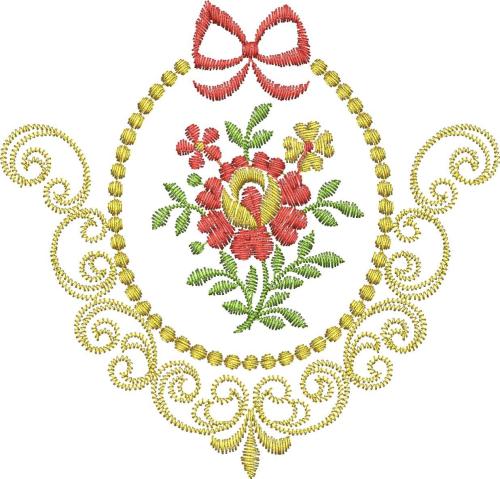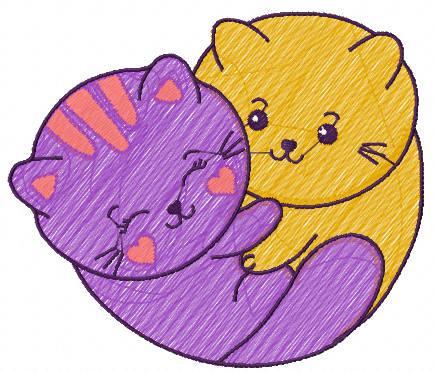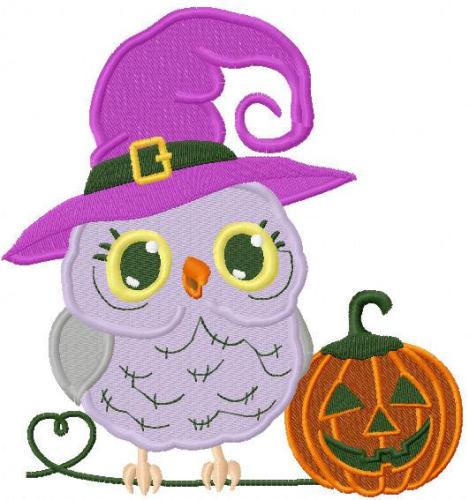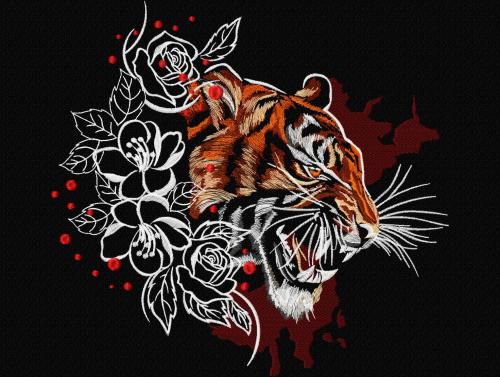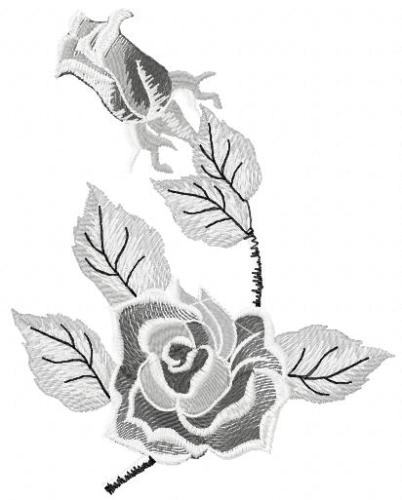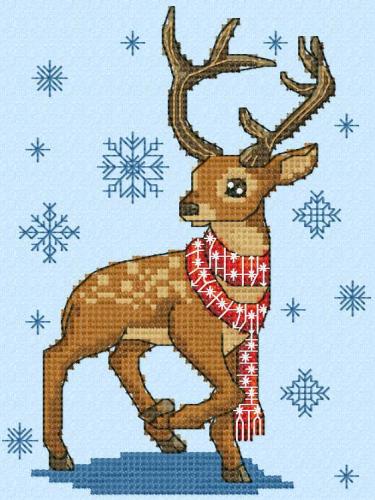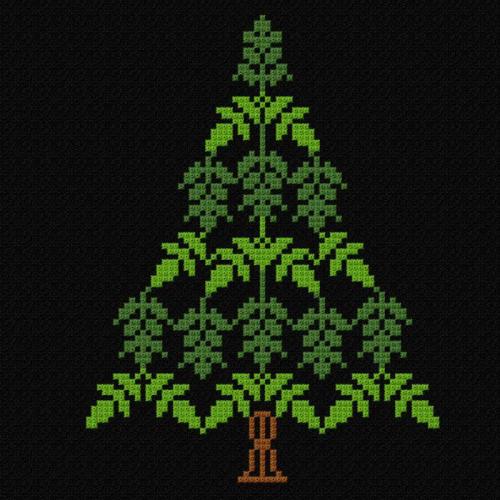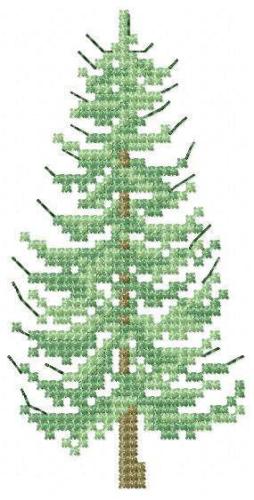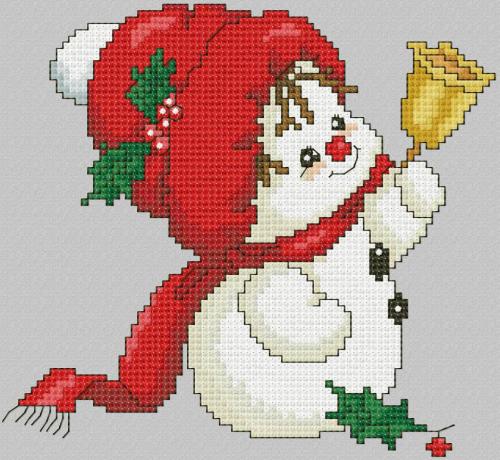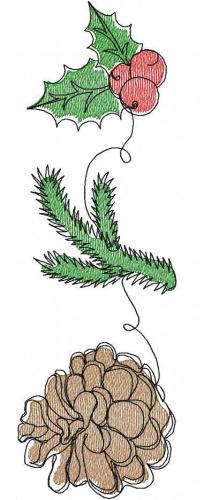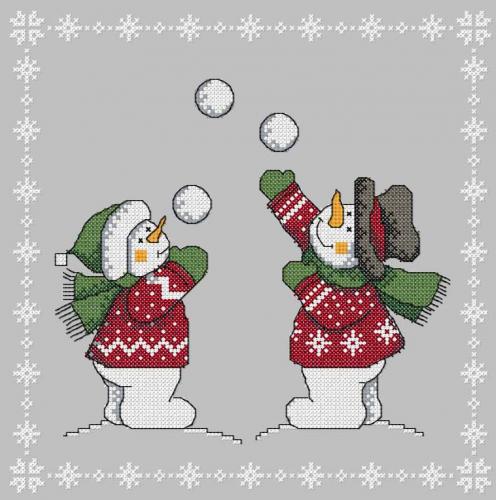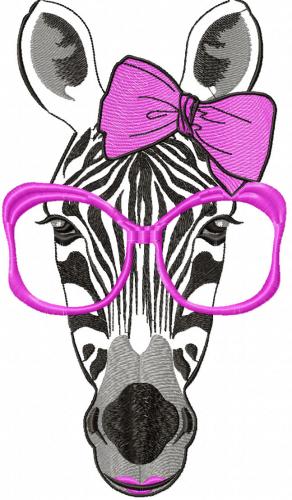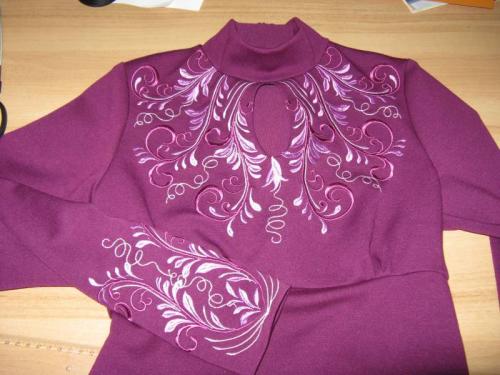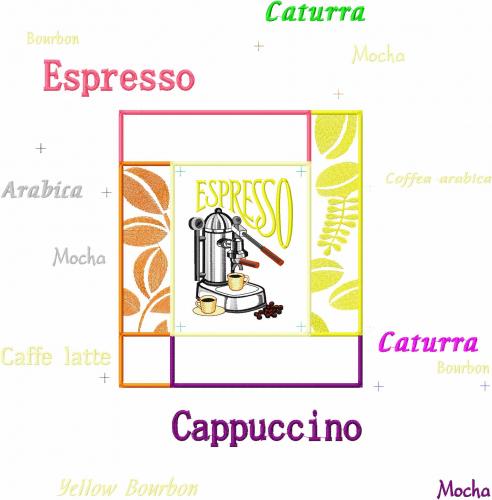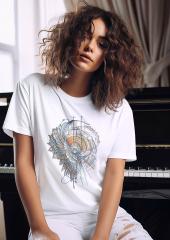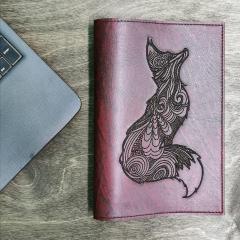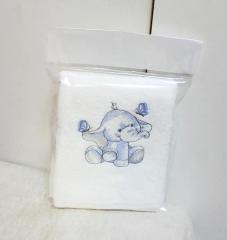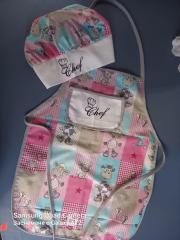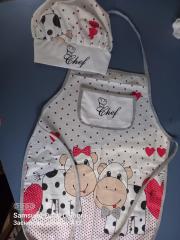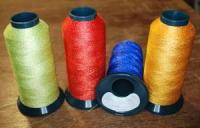
Original text by Marina Belova
Some time ago I encountered an interesting type of threads, which I had never previously seen on the market or in use at all. It is called Lame Stylo.

It is produced by an American manufacturer TEXMAC, under control of Japanese from ITOCHU Corporation. This is a twisted thread, which means that it was made of several strands, twisted together, one of the strand being metallic. I've already written about semi-metallic threads, drawing examples from my own practice and describing the basic principles of working with them.
But this brand turned out to be special, nothing I've seen before – I've encountered no problems during the embroidery. I didn't even have to use special needles and embroidered with those ones found on my machine. I even got the impression that this thread was better for the embroidery than the rayon one – no breakage, twisting and other mess. And the most intriguing aspect is that I didn't have to digitize in a specific way. I didn't have time to do the tests, so I embroidered right on the item with a design made for the ordinary #40 threads.
This thread is as thin as rayon and polyester, although a bit hairy. The twist is not tight but rather loose, I would say. As it turned out, neither of these factors is an obstacle.
See the comparison in the photo below: standard #30 twisted thread on the top, Lame thread in the center and an ordinary metallic thread at the bottom:
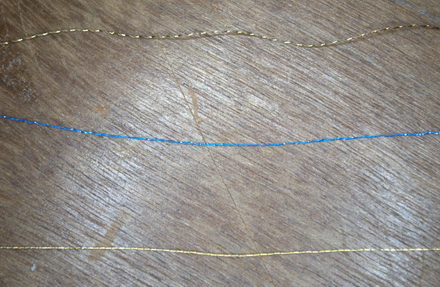
If one compares this thread with #40 metallic one and common #30 twisted thread, it is very soft, which is only favorable to the embroidery.
Perhaps this is the key factor of how easy is to embroider with these threads.
This is my first embroidery with this type of twisted thread. The height of the lower-case letters (which is definitive for the embroidery) is 9 mm and the font is not too complex:

Then they became even smaller. In this case, the height of the lower-case letters was 6.5 mm:

And here only 5 mm – so small. The font is not too bold and the letters are low-case:

I didn't have to redo anything; everything was perfect from the beginning.
I was also glad to find that the color range of this thread is vast – from black to white through the most bright and vibrant colors:
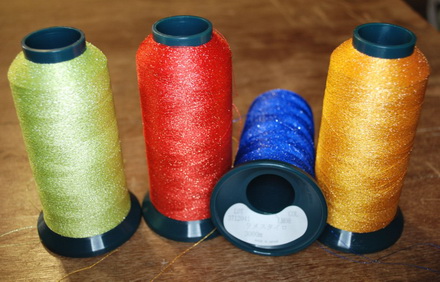
Here's the label enlarged, in case anybody is interested.
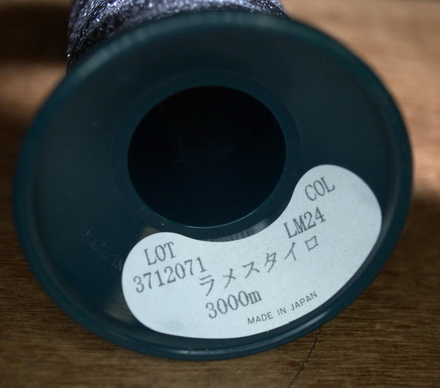
As for the price, it is high, of course, but, judging from my experience, this thread is worth it because it's easier to embroider with it than with metallic threads, and you need to buy #50 for small letters anyway. And it is as much joy for the eye as metallic threads.

